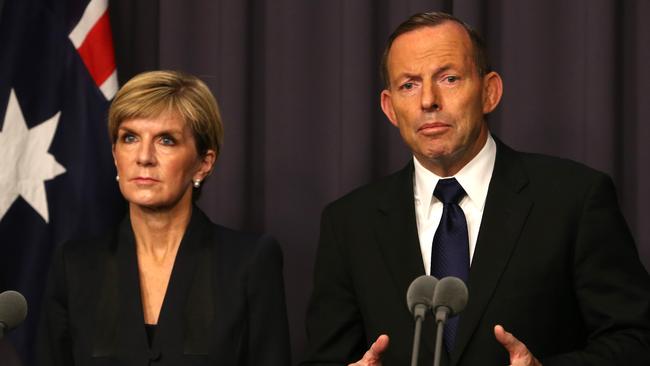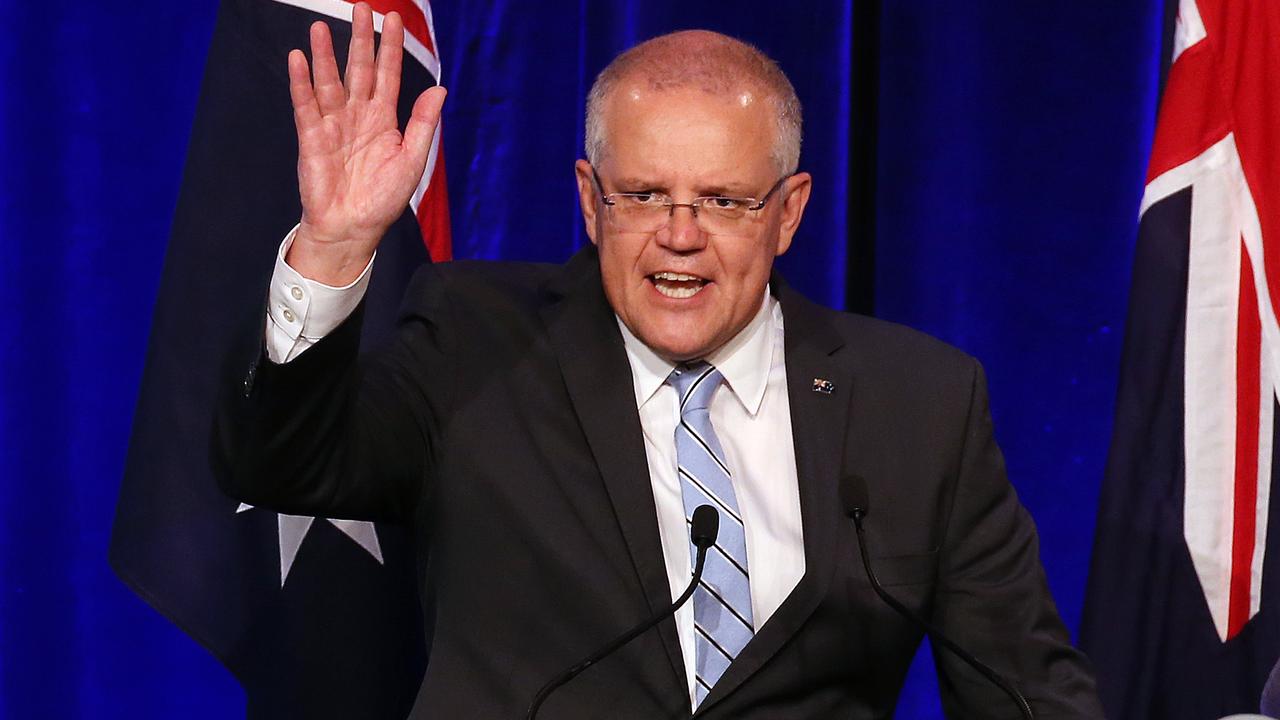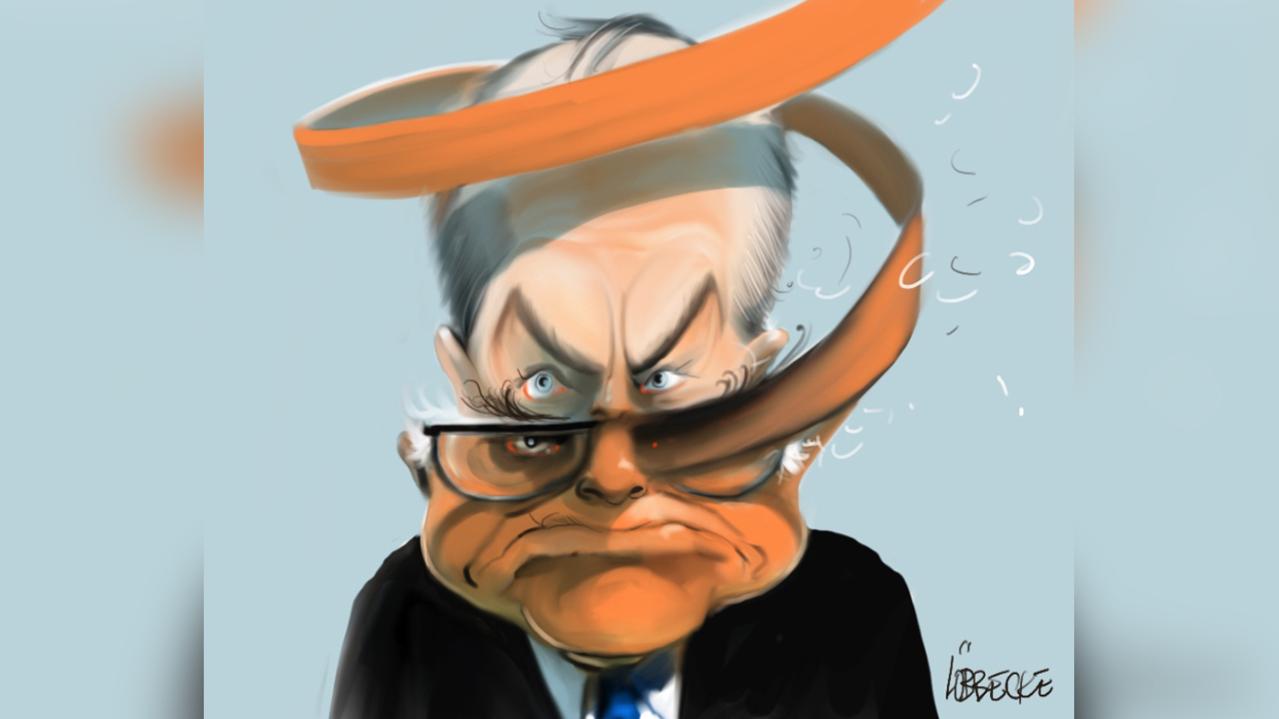
Today is international women’s day. Which makes it fitting that Australia’s highest profile former minister for women, Tony Abbott, is speaking at a forum in Sydney’s CBD.
Less fitting perhaps is contrast between his views on gender issues and those of the woman challenging Abbott in his blue ribbon electorate of Warringah: a female with moderate views on issues like gender quotas, same sex marriage and abortion rights. All of which are in sharp contrast to the opinions of the former minister for women, who in 2004 described abortion as “the easy way out”.
The Liberal Party has done all it can to paper over the gender problem it has, but if ever there was a day to point out that no solutions have yet been found today is the day. Abbott’s decision as prime minister to appoint himself as the Coalition’s first minister for women really does highlight where the problems began.
Abbott of course only put one woman in cabinet. That was Julie Bishop, who for some reason he thereafter didn’t make the minister for women. No serious efforts were made to grow the number of women in Liberal parliamentary ranks during Abbott’s time in opposition. Or indeed during the time of his predecessors, when it came to ensuring more women were preselected for safe seats.
The failure continues in government after the 2013 landslide election victory, with the number of women in Coalition ranks worsening after the 2016 election. Part of the effort to hide the gender problem saw more women promoted to cabinet even though parliamentary numbers were falling not rising.
In one of the more ironic twists in this tale of woe, Scott Morrison has now announced his record cabinet of seven women will stay at seven if he wins government — thereby imposing a quota even though Liberals work very hard to explain why they don’t back quotas for who enters their parliamentary ranks.
Until the Liberals seriously find a way to actively lift the number of women who win preselection in safe lower house seats they will never fix their gender problem. Yes numbers in the senate have gone up, to around a third female representation. That’s because the powerbrokers who control senate preselection know they now have an electoral problem and are trying to fix it.
But the House is the house of government. It’s where MPs can become PM. It’s the chamber that directly represents the people in individual electorates. And the Coalition only has 12 women in its 74 strong ranks, with that figure expected to fall into single digits at the next election.
Another body blow for the women’s rights agenda could be to lose the Coalition government’s first minister for women, given the challenge he faces in Warringah. It’s already losing its current minister for women, Kelly O’Dwyer, who is retiring at the election. And it’s most senior ever woman at the federal level, Julie Bishop, who is also retiring.
Peter van Onselen is a professor in politics at the University of Western Australia and Griffith University.




To join the conversation, please log in. Don't have an account? Register
Join the conversation, you are commenting as Logout